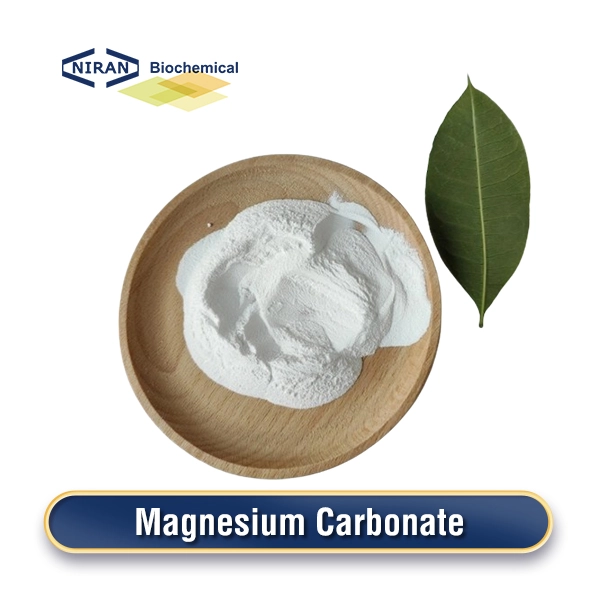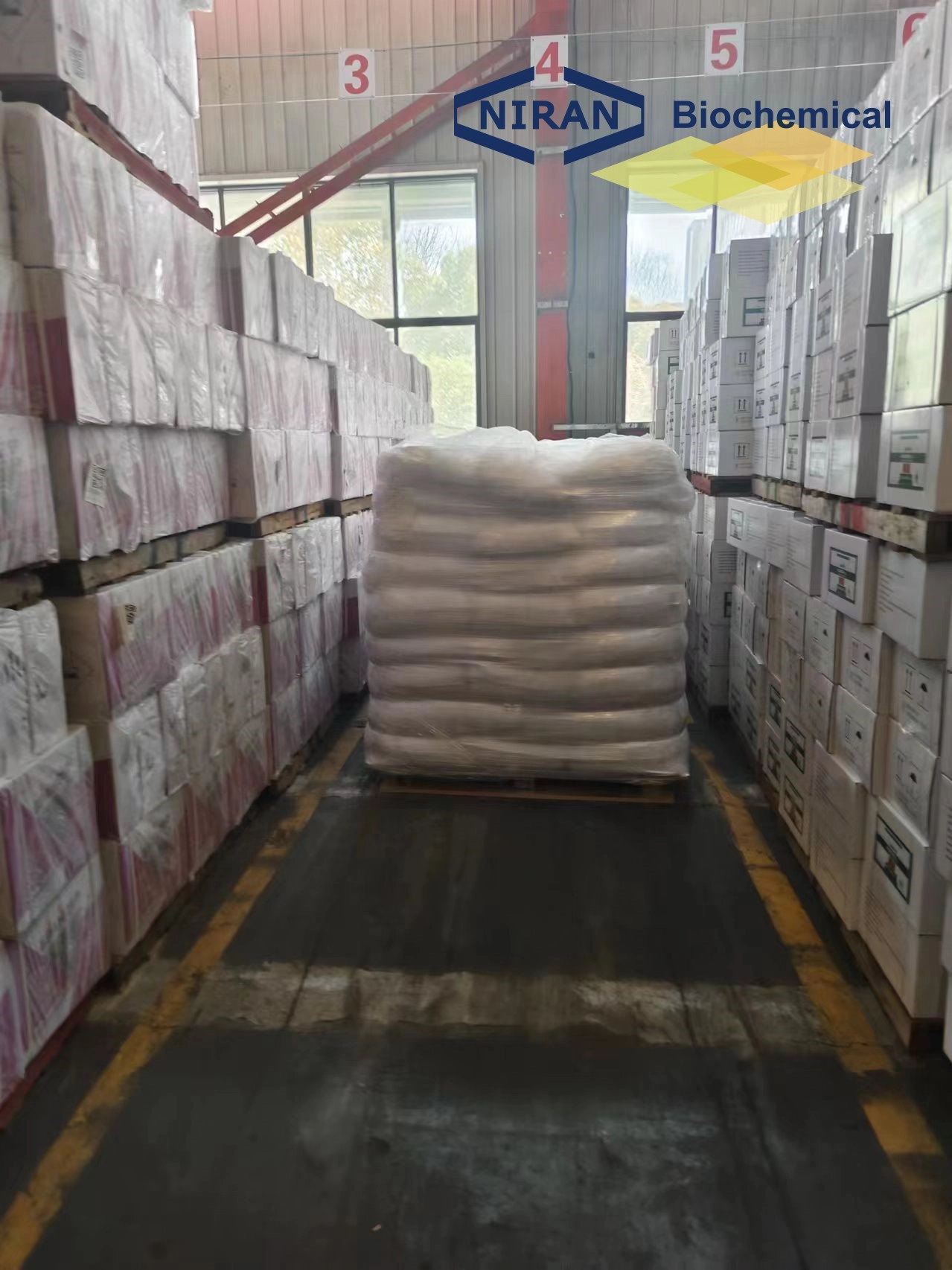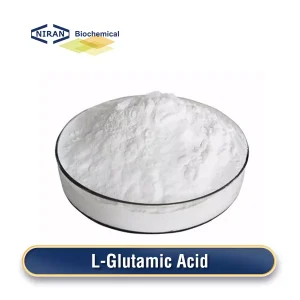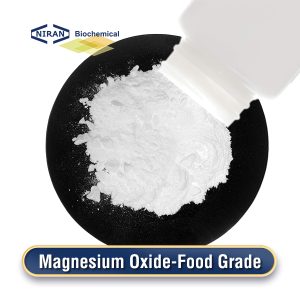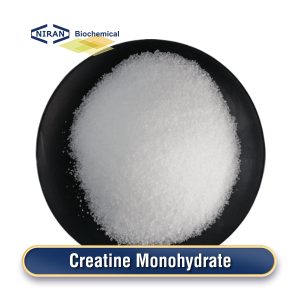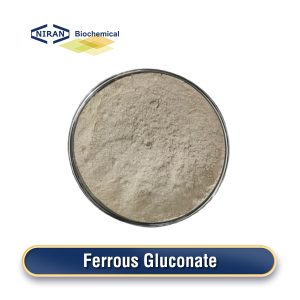Niran Biochemical
YOUR RELIABLE FOOD INGREDIENTS
Send Inquiry
Home » Products » Nutrition Enhancers » Magnesium Carbonate Light
Magnesium Carbonate Light
- CAS: 546-93-0
- Chemical Formula: MgCO3
- Certification: KOSHER, ISO, HALAL, FSSC22000, BRC, etc.
- Standard: USP
- MOQ: 1000KG
- Shelf Life: 2 Years
Inquire Product
Product Description
What is Magnesium Carbonate Light?
Magnesium carbonate light is a chemical substance that appears as white, fragile blocks or loose white powder. It has no obvious odor, is not easily soluble in water and ethanol, and does not react with most acids and bases at room temperature. It is widely used as a food additive and is also used in the pharmaceutical, fine chemical, and cosmetic industries.
Magnesium carbonate light can react carbonate solution with magnesium salt solution to generate a precipitate that can be dried to obtain magnesium carbonate. Another method is to react magnesium salt with alkaline carbonate, such as magnesium hydroxide and carbon dioxide to generate magnesium carbonate.
Related parameters:
| TESTS | SPECIFICATION | RESULT |
| Identification | Meets the requirements | Conform |
| Soluble salts | NMT 1.0% | 0.4% |
| Acid insoluble substances | NMT 0.05% | 0.01% |
| Calcium | NMT 0.45% | 0.06% |
| Iron | NMT 200 ppm | 30 ppm |
| Heavy metals | NMT 30 ppm | <20 ppm |
| Arsenic | NMT 4 ppm | <2 ppm |
| Assay (MgO) | 40.0-43.5% | 42% |
| Bulk density ,(g/ml) | ≤0.20g/ml | 0.09g/ml |
| Conclusion: | This batch complies with USP41 requirements | |
Recommended dosage
| Food name | Maximum usage(g/kg) |
| Beverage industry | 2 g/kg |
| Alcoholic beverages industry | 5 g/kg |
| Edible oil industry | 4 g/kg |
| Pickles industry | 5 g/kg |
| Fish processing industry | 4 g/kg |
| Meat processing industry | 5 g/kg |
| Canned food industry | 4 g/kg |
| Confectionery industry | 3 g/kg |
| Bakery industry | 4 g/kg |
| Starch and its products industry | 4 g/kg |
| Puffed food industry | 4 g/kg |
| Food additives industry | 4 g/kg |
Magnesium Carbonate Light has a wide range of uses
It can be employed as thermal insulation, fireproof, and heat-resistant materials at high temperatures. It is also used as a filler and reinforcement in rubber, as well as an additive and magnesium compensator in food and fine chemical synthesis. It is a crucial chemical raw material used in the production of wires and cables, premium glass goods, paints, pigments, car paints, magnesium salts, everyday cosmetics, shipbuilding, boiler manufacturing, and hand wipes for athletes during competitions.
User asked question:
Q: Does the difference between heavy and light magnesium carbonate matter?
A: With a density of 3.58g/cm3, magnesium carbonate light is a large, white, amorphous powder that has no flavor or odor and is not poisonous.Pure water and organic solvents render it insoluble, but solutions combining acid and ammonium salts render it soluble. Its solubility in water increases due to the presence of carbon dioxide. After high-temperature burning, it turns into crystals, and when it encounters carbon dioxide in the air, it will form magnesium carbonate complex salt.
The compact white or beige powder known as heavy magnesium carbonate quickly absorbs moisture and carbon dioxide from the air when mixed with a solution of magnesium chloride. It also gels and hardens readily.
With a bulk density of 0.5 grams per milliliter, heavy magnesium carbonate is often immediately calcined by brucite ore and magnesite. Generally, magnesium sulfate, magnesium chloride, or magnesium bicarbonate are first made into a water-soluble product, which is subsequently chemically changed into a water-insoluble product, and finally it is calcined to produce magnesium carbonate light. The resulting product has a very small bulk density, typically 0.2g/ml.
Furthermore, magnesium carbonate light is mostly utilized as a raw material for ceramics, enamel, refractory bricks, and refractory crucibles, whereas magnesium carbonate heavy is generally employed in glass fiber steel, cement, and other goods. It can also be used as an adhesive, polishing agent, paper, and paint filler, or an activator and promoter for fluororubber and chloroprene rubber.

